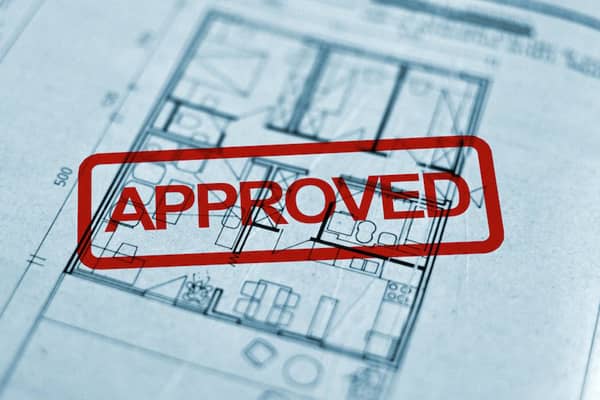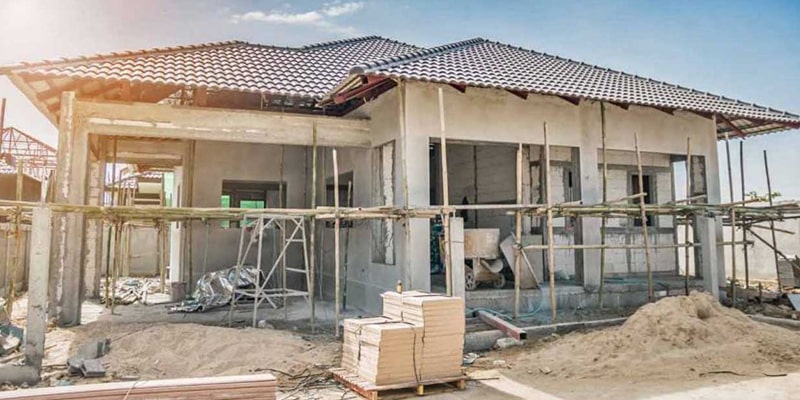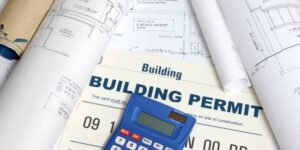If you’re moving into a new house and want to get it ready to live in as soon as possible, you might be wondering what you need to do in order to start building right away. You’ll want to secure a building permit before you start making structural changes to your home, whether that means starting construction or remodeling the inside of your house. Here are five tips for getting the building permit you need for your house.
Tip 1: Research your Town
The first step in getting your building permit is to research your town’s zoning regulations. Each city and town has different rules regarding what you can build on a piece of land and how you can go about building it. So, before you even start drawing up plans, make sure you have all of your local permits sorted out! Also, if you don’t know much about construction, it might be a good idea to hire an architect or engineer to help guide you through these early stages. They will be able to tell you exactly what kind of foundation or roofing materials are allowed by law and which ones aren’t—knowledge that could save you time and money down the road.
Tip 2: Create an Elevation
A building permit typically requires you to have an elevation drawn up. An elevation shows what your house will look like from different angles (front, side, back), so that anyone can see what it’s going to look like before construction begins. This helps ensure that your new home is built according to code and approved by city officials. The cost of creating an elevation varies based on where you live. You may also need multiple elevations depending on how many sides of your home are visible from public areas or neighboring properties.
Tip 3: Work with your Contractor
If you’re hiring a contractor to build your house, make sure you work with them from start to finish. They should be able to help you organize everything in a way that will make getting your building permit simple and smooth. While there may be some paperwork involved, by keeping an open line of communication with your contractor, it will allow them to coordinate these details effectively. This is especially important if you plan on doing any work yourself. In most cases, contractors are responsible for obtaining all permits necessary to complete construction on your home; however, if you plan on doing any remodeling or renovation projects on your own (i.e., not using a contractor), then you’ll need to apply for your own permits through local government offices. Make sure you understand how much time and money is required to obtain each permit before beginning your project. It’s also important to note that many municipalities require a homeowner to maintain liability insurance throughout the duration of their project.
Tip 4: Gather the Documents Needed

To get building permits in most states, you will need to collect several documents. For example, you will likely have to provide your local zoning department with blueprints of your house and other documentation that shows how you intend to comply with city codes. In some areas, you may also be required to submit architectural drawings of your home, such as floor plans or elevations. If you are doing major renovations or constructing on an existing property, it is likely that city planners will want an on-site visit before approving building permits. This can take time and may require you to make multiple trips back to city hall. Be sure to check out what is needed ahead of time so that you don’t waste valuable time gathering everything once construction has already begun.
Tip 5: Get it in Writing
If you’re working with an architect, contractor or other professionals on your project, get any agreements in writing. This will allow you to go back and have proof of what was agreed upon if problems later arise. Even if things start out well, things can still fall apart when money is involved and communication breaks down. Get your agreements on paper before any work begins so that there are no misunderstandings later on down the road.
And don’t rely solely on email—get them signed! If possible, sign them as soon as they’re written up. Many people wait until it seems like everything is falling into place and then find themselves in situations where one party has taken liberties without getting anything in writing. A few signatures at key points along the way can help avoid major headaches down the line.








